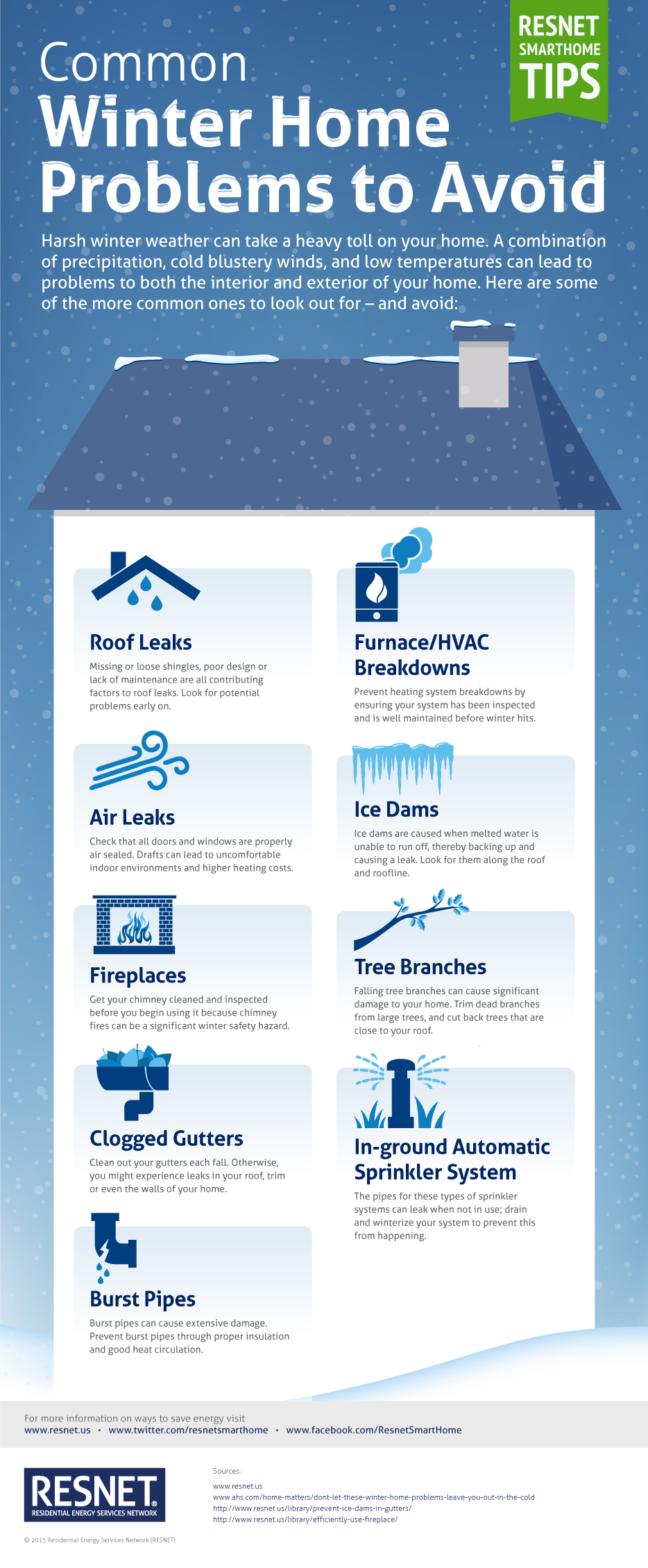Common Mistakes In Roof Covering Installation And Techniques To Avoid Them
Common Mistakes In Roof Covering Installation And Techniques To Avoid Them
Blog Article
Authored By-Yang Snow
When you're preparing a roofing installment, it's simple to overlook essential details that can lead to significant problems down the line. You could be lured to reduce edges on material option or avoid correct flashing setup, but these common blunders can lead to costly repair services later on. Comprehending the importance of air flow and sticking to neighborhood building regulations is necessary for a successful job. So, what are the crucial steps you should take to ensure your roofing system stands the test of time? Allow's discover some efficient strategies to avoid these risks.
Poor Product Choice
When it involves roofing system installment, choosing the wrong products can bring about pricey troubles down the line. You may assume that any roof covering material will certainly do, but that's a typical false impression. It's important to select products that match your local environment and the details needs of your home.
As an example, if you stay in an area with hefty rainfall or snow, opting for asphalt roof shingles may not be the best choice. Rather, take into consideration even more resilient alternatives like steel or slate.
In addition, pay attention to the top quality of the products you're thinking about. Low-cost products could save you money upfront, however they frequently lack longevity and can cause constant repairs or replacements.
You must likewise think about the design of your home and ensure the materials you select will certainly preserve its visual appeal.
Ultimately, do not forget to consult with experts. They can offer important understandings and recommend materials that adhere to neighborhood building regulations.
Investing time in correct material choice now can help you prevent headaches and expenditures in the future, making your roof covering task a success.
Inadequate Flashing Installment
Picking the best materials isn't the only factor that can bring about roof covering issues; poor blinking installment can additionally create considerable problems. Flashing is vital for directing water far from susceptible locations, such as chimneys, skylights, and roofing system valleys. If it's not installed properly, you run the risk of water intrusion, which can result in mold and mildew development and structural damages.
When you install blinking, ensure it's the best kind for your roofing system's style and the regional environment. For example, steel blinking is typically much more durable than plastic in areas with hefty rain or snow. See to it the flashing overlaps properly and is protected firmly to avoid spaces where water can permeate with.
You should likewise focus on the installation angle. Blinking ought to be positioned to guide water away from the house, not towards it.
If you're unclear about the installment procedure or the materials needed, seek advice from a professional. They can assist recognize the most effective blinking choices and make sure everything is set up properly, protecting your home from possible water damages.
Taking these actions can save you time, money, and frustrations later on.
Neglecting Ventilation Demands
While several house owners concentrate on the aesthetic and structural elements of roof covering setup, disregarding ventilation demands can bring about serious lasting repercussions. Correct ventilation is essential for controling temperature and dampness degrees in your attic, stopping concerns like mold and mildew growth, wood rot, and ice dams. If you do not mount sufficient air flow, you're establishing your roofing up for failure.
To prevent https://www.constructionnews.co.uk/news/roofing-firms-subject-to-300m-of-retentions-20-05-2021/ , first, assess your home's specific air flow needs. A balanced system typically includes both consumption and exhaust vents to promote air movement. Ensure you've mounted soffit vents along the eaves and ridge vents at the optimal of your roof covering. This mix allows hot air to leave while cooler air gets in, keeping your attic room room comfortable.
Additionally, think about the sort of roofing product you've picked. Some materials might call for additional air flow strategies. Ascertain your regional building ordinance for air flow guidelines, as they can differ significantly.
Finally, don't neglect to check your ventilation system consistently. Obstructions from particles or insulation can restrain airflow, so keep those vents clear.
Conclusion
Finally, preventing usual roof installment errors is vital to ensuring your roofing system's durability and efficiency. By picking best siding company for your environment, installing flashing effectively, and resolving ventilation needs, you can stop expensive issues in the future. Do not fail to remember to acquaint yourself with regional building codes and timetable routine examinations. With these steps, you'll appreciate a safe, durable roof that shields your home for years to find. Happy roof!
